If there’s one home improvement topic guaranteed to spark heated debate among contractors, preservationists, and homeowners alike, it’s window replacement. I’ve literally seen friendships strained over the “repair versus replace” window argument at industry conferences. The preservationists clutch their pearls and gasp “But the original windows are part of the home’s historic fabric!” while energy efficiency zealots counter with “Those old windows are basically holes in your walls leaking money!” Meanwhile, homeowners stand paralyzed between conflicting advice and aggressive sales pitches from companies promising everything short of windows that will cook your breakfast and walk your dog.
Here’s the truth that nobody selling replacement windows wants to admit: In many cases, repairing and weatherstripping your existing windows is more cost-effective than full replacement. But—and this is a big but—there are absolutely situations where replacement makes genuine sense from both financial and comfort perspectives. The trick is knowing which camp your windows fall into, and that’s where careful analysis beats emotional arguments or sales pressure every time.
I learned this lesson the hard way in my first home, a 1940s brick colonial in Chicago with original wood windows that rattled like maracas whenever the El train rumbled by. After three freezing winters where I could literally feel cold air flowing through closed windows, I pulled the trigger on vinyl replacements that the salesman promised would slash my heating bills by 40%. The actual result? Maybe a 10-15% improvement in energy costs and moderately better comfort, but nowhere near what was promised. And within five years, two of the replacement windows had failed seals with cloudy glass that the warranty covered only partially.
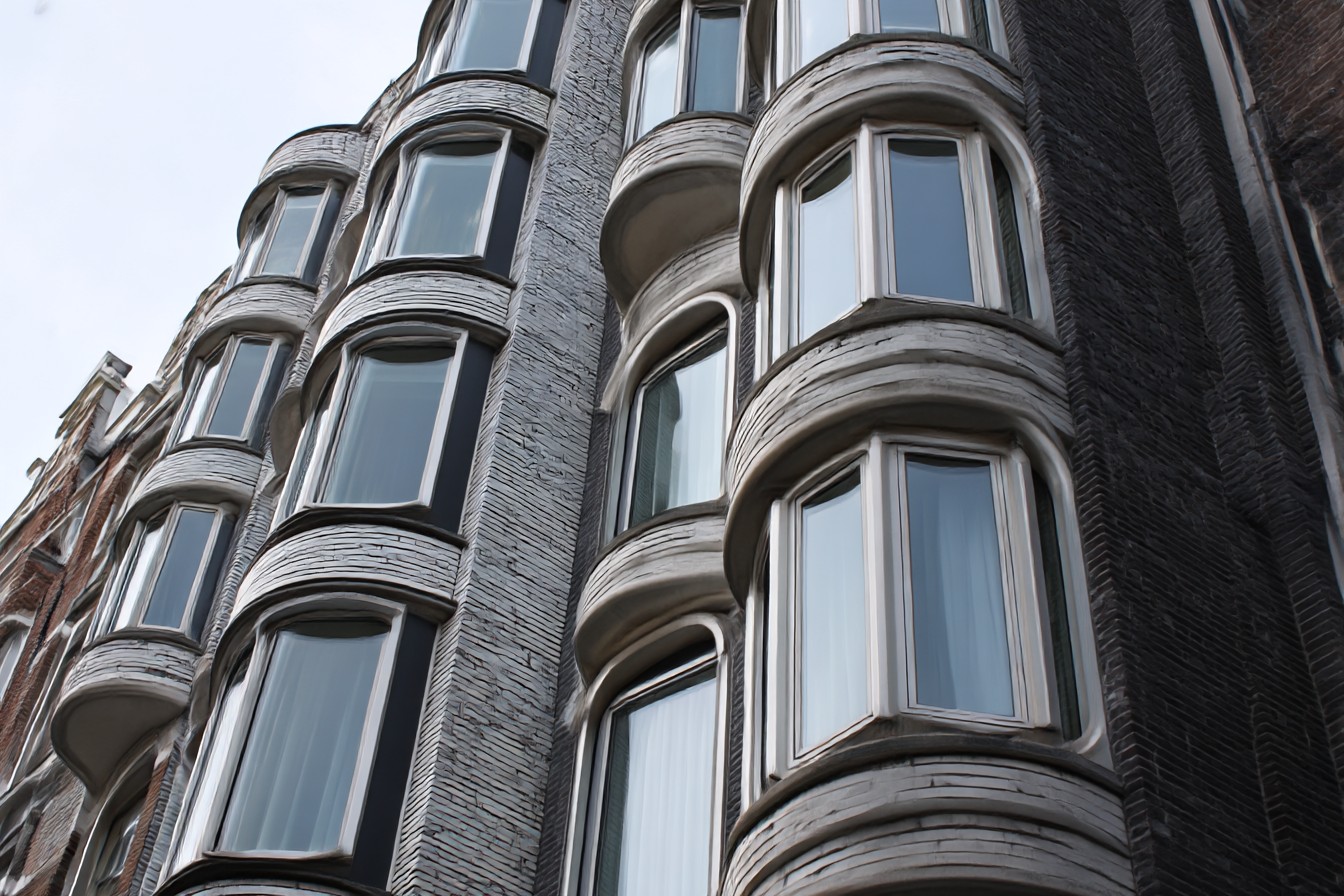
That expensive lesson taught me to approach window decisions with rigorous analysis rather than hopeful promises. Since then, I’ve developed what I call the “window worthiness test” that I use with clients to determine if replacement truly makes sense for their specific situation. Here’s how to think through your own window decisions with clear eyes.
First, let’s talk about when replacement genuinely makes sense. The clearest case is when your existing windows are fundamentally compromised beyond practical repair. Signs include:
• Rotted wood frames where the deterioration extends beyond surface level
• Warped sashes that no longer seal properly
• Failed double-pane seals in newer windows (those foggy views that can’t be cleaned)
• Windows painted shut for decades that have damaged hardware and operating mechanisms
• Seriously damaged or missing storm windows in cold climates
For my clients John and Maria in Minneapolis, replacement was the obvious choice when we discovered that previous owners had neglected water infiltration around their 1980s aluminum windows for so long that the surrounding wall framing had begun to rot. The windows themselves were failing, and the wall issues needed addressing anyway. In cases like this, trying to save the existing windows would be throwing good money after bad.
The second compelling case for replacement is when you’re dealing with truly awful windows to begin with. I’m talking about those cheap builder-grade single-pane aluminum sliders installed in thousands of homes during the 1970s energy crisis. They conduct cold like it’s their job, create terrible condensation problems, and often have non-standard sizes that make storm windows difficult. When my sister bought her 1970s split-level in Michigan with these exact windows, replacement was a no-brainer that transformed both her energy bills and comfort level.

But what about the more common middle ground, where your windows aren’t great but aren’t completely shot either? This is where honest cost-benefit analysis becomes crucial.
Let’s start with the energy question, since it’s usually the primary justification for window replacement. The Department of Energy estimates that windows account for 25-30% of residential heating and cooling energy use. That’s significant, but it also means windows aren’t your only energy problem. If your attic insulation is subpar or your ductwork leaks like a sieve (extremely common in American homes), addressing those issues will likely give you better bang for your buck than window replacement.
For a reality check on potential energy savings, I recommend starting with a professional energy audit that uses blower door testing to identify your home’s actual air leakage patterns. When my clients in Denver were convinced their 1960s windows were their main energy problem, an audit revealed that their uninsulated rim joists and attic bypasses were actually responsible for most of their heat loss. The $1,200 they spent fixing those issues yielded far greater energy savings than the $22,000 window package they had been considering.
The comfort factor is harder to quantify but equally important. Old, leaky windows create cold drafts and radiant discomfort (that chilly feeling you get sitting near a window even when there’s no obvious draft). In my own Minneapolis Tudor, our original 1930s windows had been professionally restored by a previous owner but still created uncomfortable cold zones in winter. After adding interior storm windows from a company called Indow for about one-third the cost of full replacement, the comfort improvement was dramatic without altering the historic exteriors.
Condensation issues provide another compelling reason for window upgrades in certain situations. In cold climates, single-pane windows with aluminum frames are condensation magnets, creating moisture problems that can lead to mold and wood rot over time. For my brother’s 1950s rambler in Wisconsin, interior condensation was damaging window sills and curtains every winter. Replacing just the windows in bedrooms and bathrooms (where humidity levels were highest) with double-pane units solved the problem while staying within his limited budget.
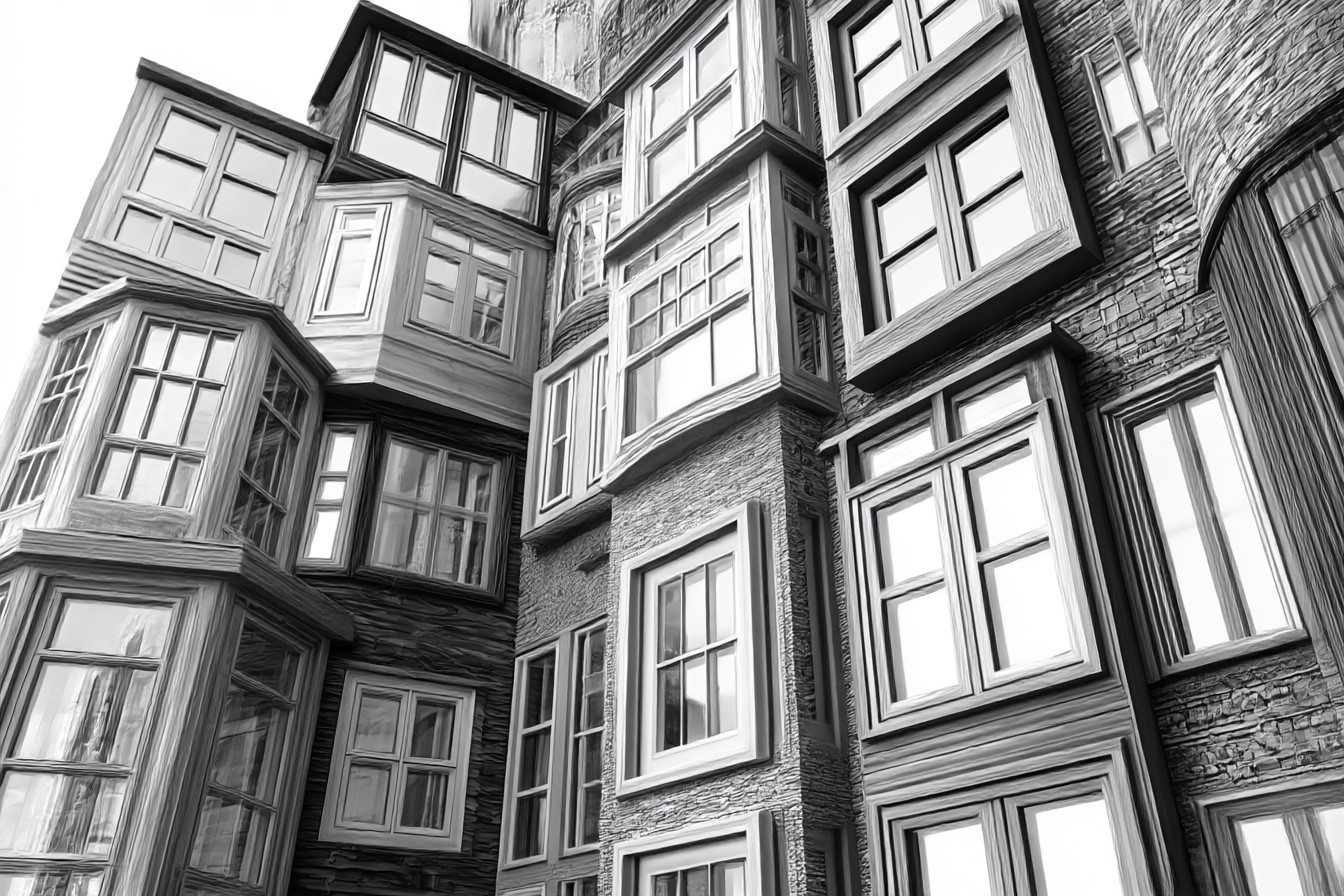
Now let’s talk dollars and cents, because this is where most window replacement decisions ultimately live or die. Quality replacement windows aren’t cheap—expect to pay $500-1500 per window for mid-range products professionally installed, depending on size, type, and your regional labor costs. High-end wood or fiberglass replacements in custom sizes can easily hit $2000+ per window. For the average American home with 15-20 windows, you’re looking at a significant five-figure investment.
The energy savings alone rarely justify this expense if simple payback is your metric. Even with a generous 20% reduction in heating and cooling costs (likely on the high end of realistic expectations), a $15,000 window project might save $300-500 annually on utility bills. That’s a 30-50 year payback period, far longer than the typical ownership span of an American home.
This disappointing math is why window salespeople quickly pivot to comfort improvements, increased home value, and maintenance reduction—all legitimate benefits, but harder to quantify in direct financial terms. When my clients in Austin replaced their aluminum windows with double-pane vinyl units, their air conditioning ran noticeably less during brutal Texas summers, and the interior temperature stayed consistent rather than spiking during direct sun exposure. The comfort difference was dramatic and worth the investment to them even with a long energy payback period.
Home value impact varies widely by region and property type. In historic districts or high-end neighborhoods where architectural authenticity is prized, inappropriate replacement windows can actually decrease value. Conversely, in markets where energy efficiency is a major selling point, quality new windows may recoup 70-80% of their cost. The national average sits around 68% return on investment according to remodeling cost vs. value reports, making windows a middling investment from purely financial perspective.
For a more nuanced approach, consider targeted replacement rather than an all-or-nothing strategy. When I consulted on a Brooklyn brownstone renovation, we replaced deteriorated street-facing windows with high-quality wood units that matched the historic profiles, restored the better-condition rear windows, and added interior storms to both for energy performance. This balanced approach preserved architectural character where it mattered most while improving function throughout.
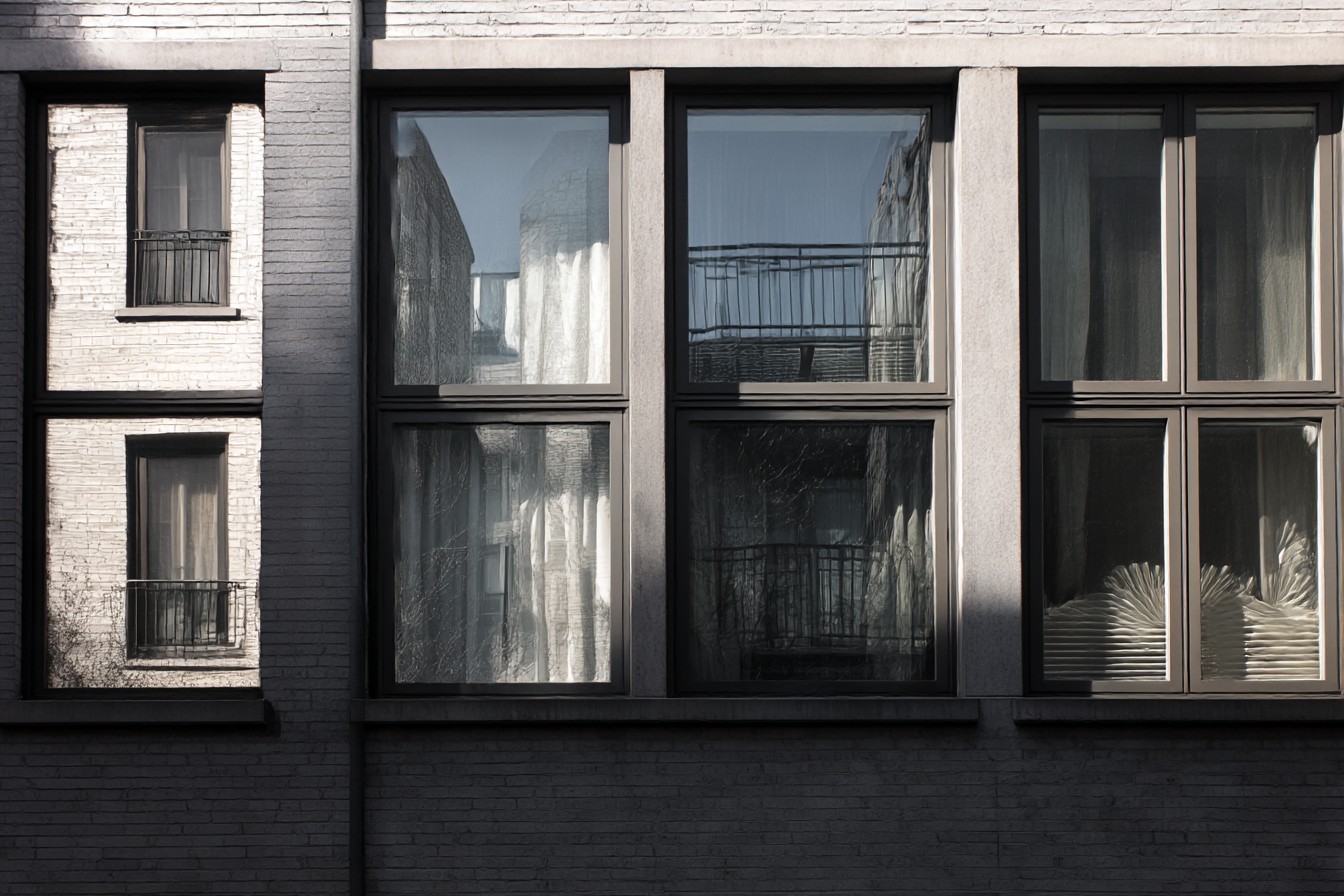
If you’re leaning toward replacement, material choice becomes your next major decision. Here’s my quick assessment of the main options:
Vinyl windows dominate the replacement market due to their lower cost and decent energy performance. Quality varies enormously—budget vinyl windows can warp in extreme temperatures and typically have a 15-20 year functional lifespan. Higher-end vinyl products with welded corners and reinforced sashes perform much better. For my client’s rental property in Indianapolis, mid-range vinyl windows made perfect sense, offering good performance with minimal maintenance at a price point that worked for an investment property.
Fiberglass windows cost 15-30% more than vinyl but offer superior durability and dimensional stability in extreme temperatures. They can be painted (unlike most vinyl) and typically last decades longer. For my own home in Minnesota’s brutal climate swings, I’d choose fiberglass if replacing our front windows where summer temperatures on our south-facing facade can hit 140+ degrees.
Wood windows remain the gold standard for historic properties but require more maintenance and come with the highest price tag. Modern wood windows with aluminum or vinyl cladding on the exterior offer excellent performance with reduced maintenance requirements. For a sensitive renovation of an 1890s Victorian in Rhode Island, we specified wood windows with aluminum cladding that preserved the interior warmth of wood while protecting the weather-exposed exterior.
Aluminum windows make sense in limited applications—primarily in contemporary homes in moderate climates where their slim profiles support modern architectural aesthetics. Their poor thermal performance makes them problematic in extreme climates unless they feature thermal breaks and other efficiency features.
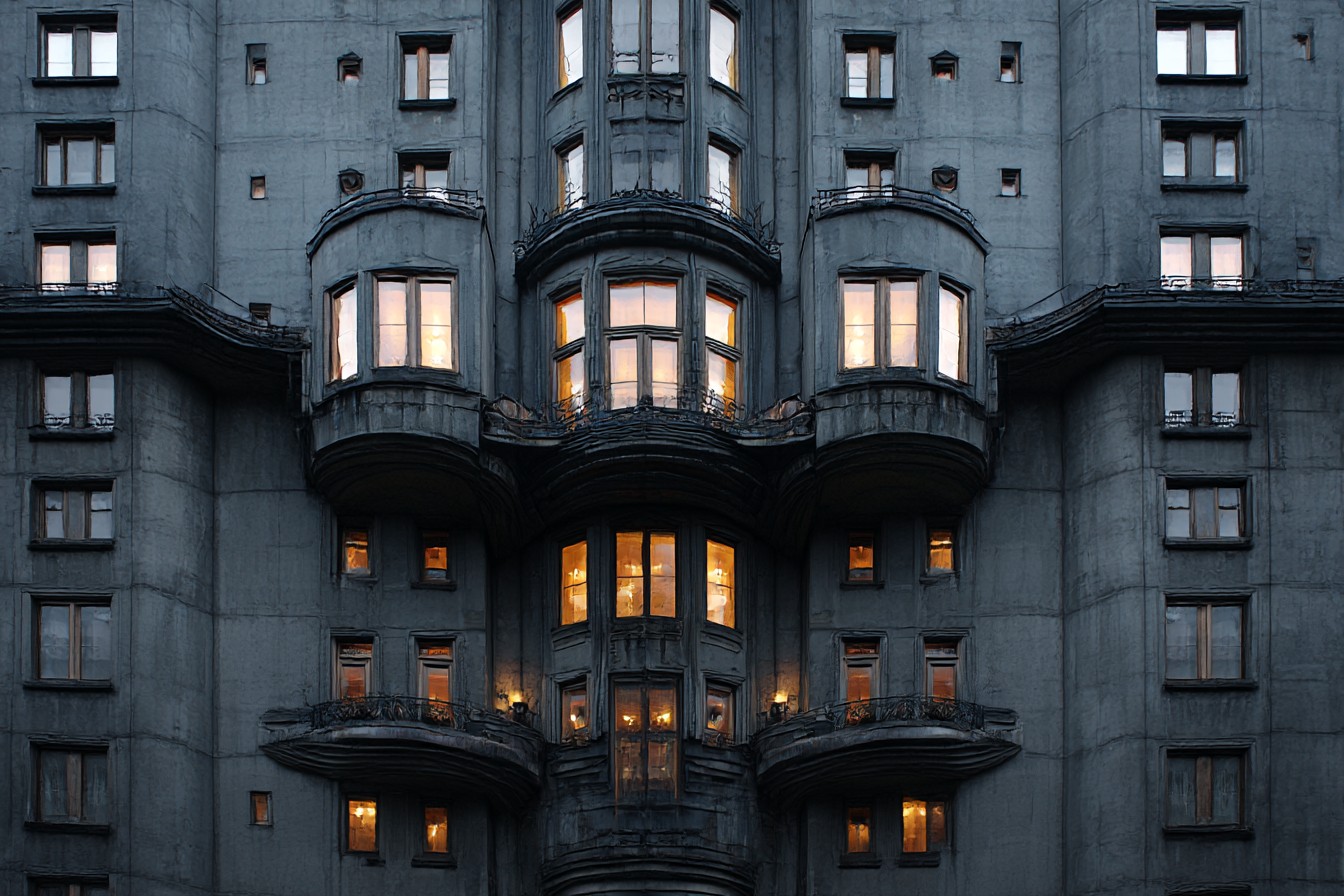
Whatever material you choose, installation quality often matters more than the window itself. I’ve seen premium windows perform terribly due to sloppy installation, while properly installed mid-range products deliver excellent results. Professional installation typically adds $150-300 per window to your project cost but dramatically increases the likelihood of proper performance. Unless you have specific experience with window installation, this isn’t the place to flex your DIY muscles.
For those with older homes who are preservation-minded but still want better performance, window restoration combined with storm windows often represents the best compromise. This approach preserves original materials and appearance while substantially improving energy performance. Companies specializing in historic window restoration can rejuvenate timber, replace rotted sections, reinstall proper glazing compounds, and restore functionality to operating mechanisms.
When my preservation-minded clients in Portland restored their 1910 Craftsman’s original windows and added exterior storm windows, their energy modeling showed performance nearly equal to new double-pane replacements at about 60% of the cost. The restored windows maintained the wavy glass and delicate muntin profiles that contributed to the home’s character, while storms provided the thermal barrier needed in Oregon’s rainy climate.
The regional context for window decisions can’t be overstated. In Minnesota, where winter temperatures regularly plunge below -20°F, window performance directly impacts both comfort and safety during extreme weather. Conversely, in mild climates like coastal California, the energy case for replacement weakens considerably. My clients in San Diego rarely use heating or cooling, making window replacement primarily an aesthetic or noise-reduction decision rather than an energy consideration.
Time horizon also matters. If you’re planning to stay in your home less than five years, expensive window replacement rarely makes financial sense unless you’re addressing serious functional or aesthetic deficiencies that would hamper resale. For longer-term occupancy, the cumulative comfort benefits and maintenance reduction may justify the investment even with long energy payback periods.
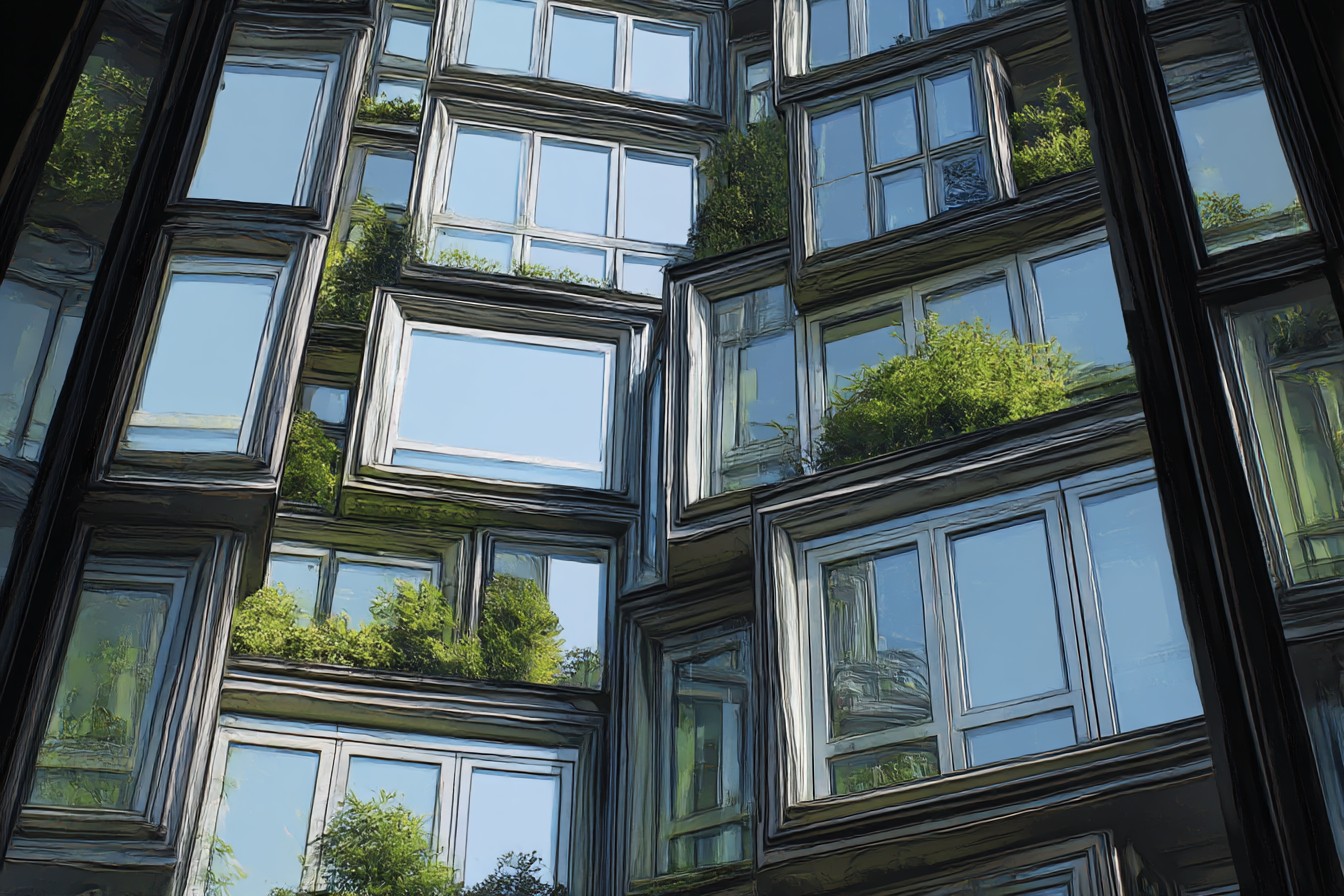
For the truly analytical homeowners, I recommend an approach that quantifies as many factors as possible:
1. Get a professional energy audit with blower door testing ($300-600)
2. Obtain detailed estimates for both full replacement and restoration/weatherstripping options
3. Calculate realistic energy savings based on audit results rather than sales projections
4. Factor in maintenance costs for both scenarios over your expected ownership timeline
5. Consider comfort improvements, noise reduction, and aesthetic preferences as quality-of-life factors
6. Evaluate your specific regional climate challenges and how windows contribute to overall home performance
When my methodical engineer client in Chicago took this approach, he ended up replacing his north and east-facing windows (which took the brunt of winter winds) while restoring his protected south and west-facing original windows. This hybrid strategy optimized his budget while addressing the specific performance issues that affected his comfort most directly.
The bottom line on window replacement is frustratingly nuanced: There’s no one-size-fits-all answer that works for every home and every homeowner. Sales pitches promising miraculous energy savings should be met with healthy skepticism, but so should preservation purists who insist that original windows are always reparable and superior. The reality lives in the messy middle, where careful assessment of your specific windows, climate challenges, budget constraints, and personal priorities should guide decisions rather than blanket recommendations.
What I can say with certainty is this: Windows that make you miserable—whether through drafts, condensation problems, operational failures, or aesthetic objections—are rarely worth preserving simply because they’re original to your home. Houses exist to serve the people who live in them, not the other way around. Sometimes the windows worth upgrading are simply the ones that will make you happier in your home every day, regardless of what the energy calculators say.